From whom did I first hear the phrase, “living the writerly life?”
Was it Ralph Fletcher, maybe? Or maybe Georgia Heard? Katie Wood Ray? Or maybe Lucy Calkins? Or Anne Lamott?
I’m not sure who I learned “living the writerly life” from first. But I do know, from experience, and from research, that every writer walks through life just a little differently from those who do not write. Every writer develops a habit of storing away ideas, always looking for inspiration, always thinking, “Oooh, that would be a good thing to write about!” Every writer has a habit of attaching meaning to the small things in life – objects, memories, everyday experiences.
Writer’s workshop, at its heart, is meant to teach students how to live “the writerly life.” We provide students time, every day, to write what they choose so that they can develop a habit of daily writing, So that they are always on the lookout for ideas. We say to students, “Here’s your notebook, so that you can jot down an idea any time!”
In many classrooms where I work (and I work in a LOT of classrooms) the work of setting up for a writerly life happens at the start of the school year. Minilessons are taught, notebooks and folders are set up, and materials are provided so that students can write daily. In most classrooms, students bring notebooks home nightly so that they can even jot down ideas at home (even “tiny topics notepads” in K-2).
But then… things get busy. October begins. The first unit of study ends. We dive into a new genre–often it’s nonfiction. The notebooks play less of a role in the writing process. Kids aren’t writing as much at home as they did in the first few days and weeks when the notebooks were fresh and new. Many students don’t have time, space, materials, or support at home to do much writing.
We say to kids, “Here’s your notebook! Now you are writer!” We want kids to write in school and beyond. Maybe there are things we can do in school to keep their writerly lives going–even when our units of study and minilessons have moved on to other aspects of the work.
Here are two things, for all ages, you might try:
Free Access to Writing Tools and Supplies
We say to kids, “jot down an idea any time!” But if pens, paper, notebooks and other writing supplies are only available during writing workshop, it makes it extra challenging for students to authentically gather ideas throughout the day.
Considering that students spend the majority of their time in our classrooms during the school year, creating manageable systems for students to jot down ideas throughout the entire day makes sense. This fosters students’ identities as writers. It helps us walk the walk.
For third graders and older, students typically have writer’s notebooks that they can have available at any time. Some teachers have kids keep their notebooks in an easily accessible spot, like a pocket attached to the back of their chair, or a basket at the center of each table. Attaching a pen to the notebook with velcro, or an elastic loop can make it easier for students to carry everything they need at all times as well.
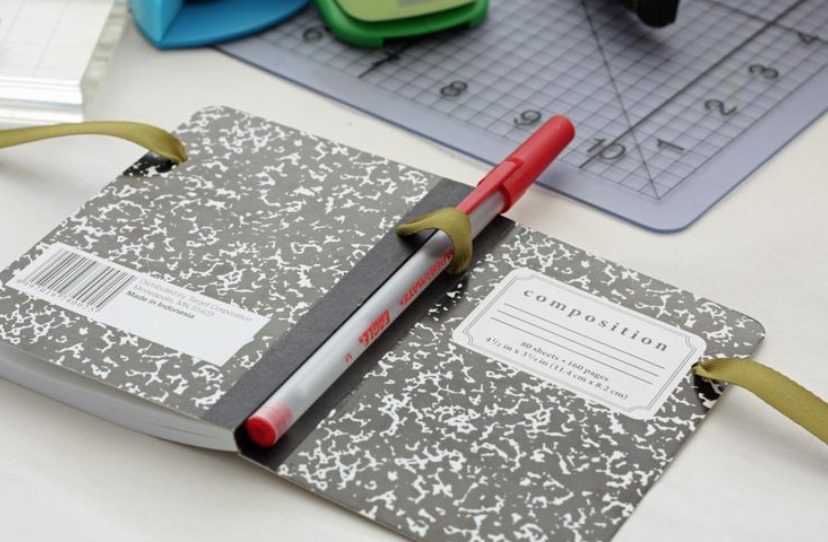
In kindergarten through second grade, many teachers provide students with a “tiny topics notepad.” These are typically spiral bound notepads, just the right size for small hands to jot a few words, or make a quick sketch to capture a memory or an interesting idea or question. Some teachers even attach the notepad and a small pen to a lanyard so that writers can wear their tiny topics notepad all day long, gathering ideas everywhere they go.
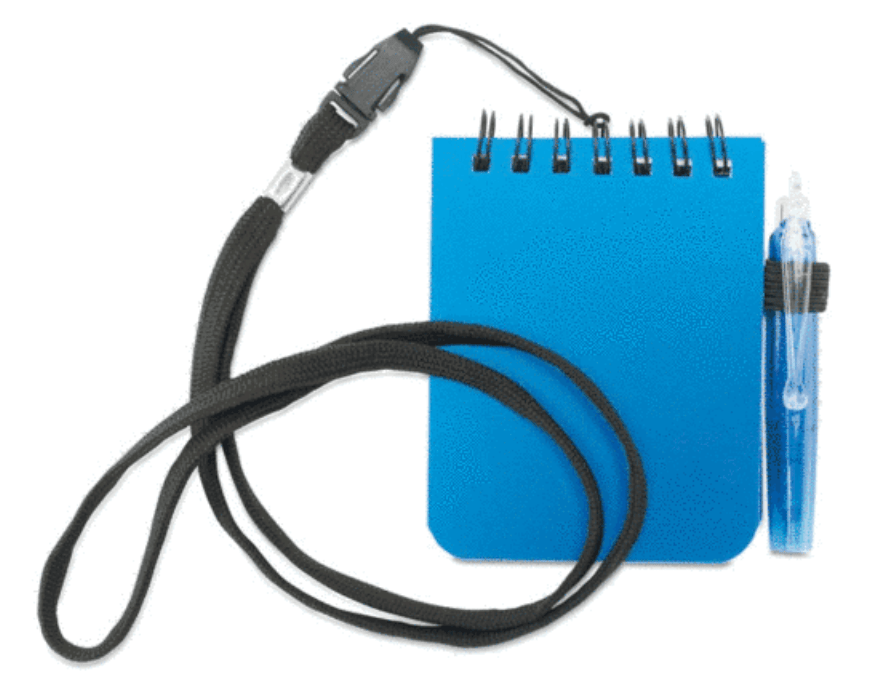
Tiny topics notepads make an appearance in certain published Units of Study (Calkins et al), but there’s no need to wait for it to come up in a unit. Any classroom can introduce tiny topics notepads for writers to carry with them wherever they go. I know many teachers of older students find the tiny notepads to be more practical for carrying around, and so students can have both — a regular notebook and a tiny notepad.
Meaningful Inspiration for Generating Ideas
You can also support your writers by creating spaces in your classroom that are intentionally designed to spark curiosity and ideas.
Check out this Wondering Window post, inspired by the wonderful book, A Place for Wonder by Georgia Heard and Jennifer McDonough. It’s such a simple thing to set up, but can provide a huge boost to your student’s writerly lives, for younger or older students.
Another simple way to inspire your writers is to make space for natural objects, either in a center, or spread around the room.
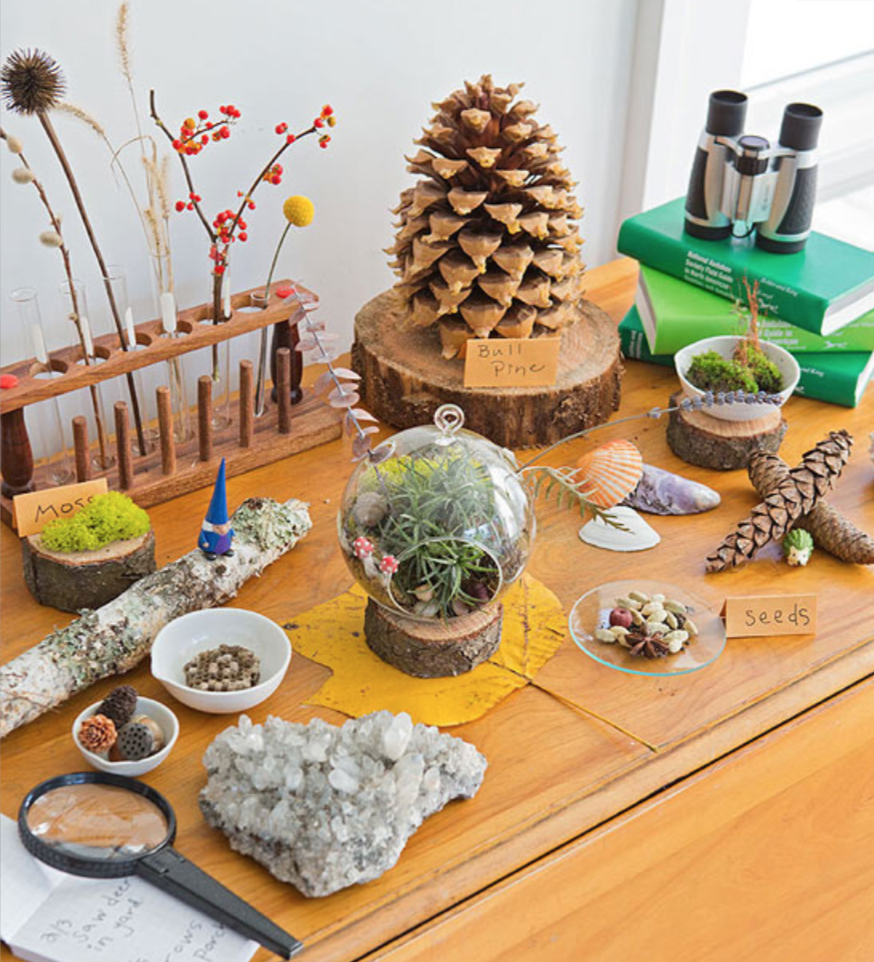
You can also display photographs all around the room to help your writers hold on to memories from across the school year and spark ideas for all kinds of writing. Check out this timeline from a few years ago that Helen Anne Cafferty’s first grade classroom in Jericho, Vermont, created across the year.
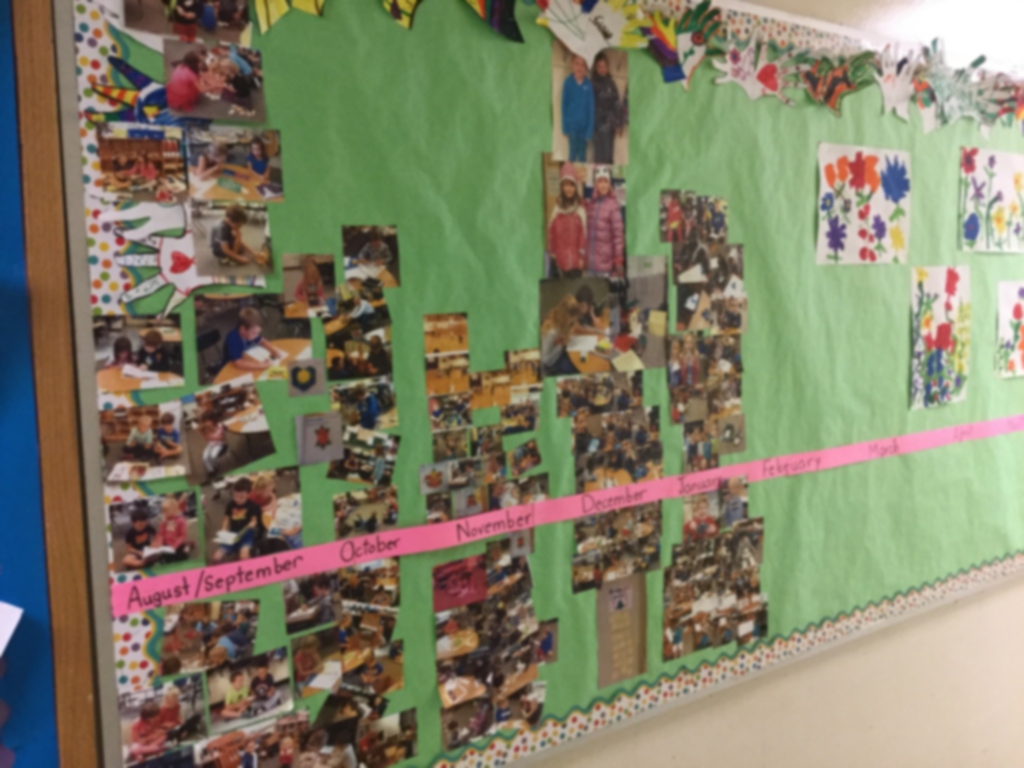
You might even set up a system of students taking turns being the class photographer, with photos dropped into a shared folder. Did you know that on any iPad or iPhone, you can automatically take photos in a Google Drive folder by simply opening the folder on the screen, and then pressing the “+” icon to take a picture? (See the + icon below?) This way you don’t have to upload or reorganize photos later.
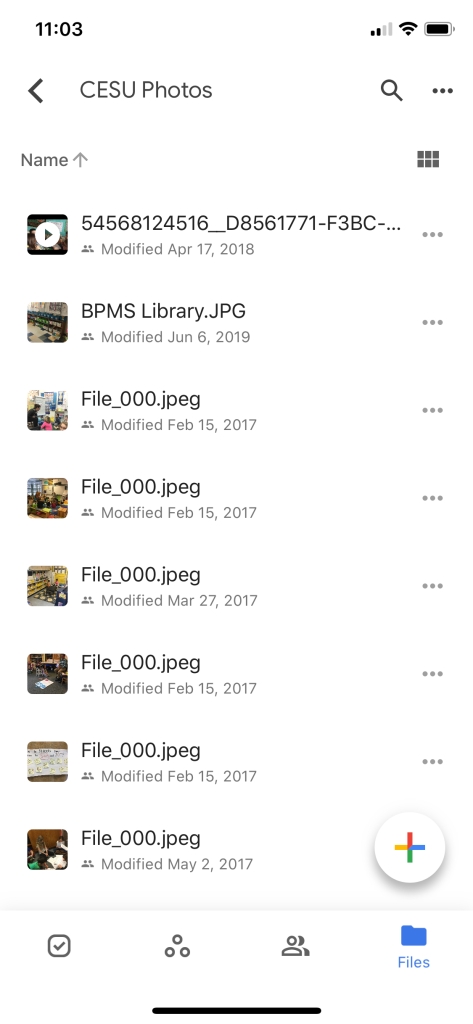
Use the + icon in the bottom right corner to take photos directly into the Google Drive folder.
Also, did you know that any Apple desktop folder can become a slideshow by selecting the photos you want and then pressing Option + Space Bar? You can project the slideshow in the background during writing workshop as inspiration for writing.
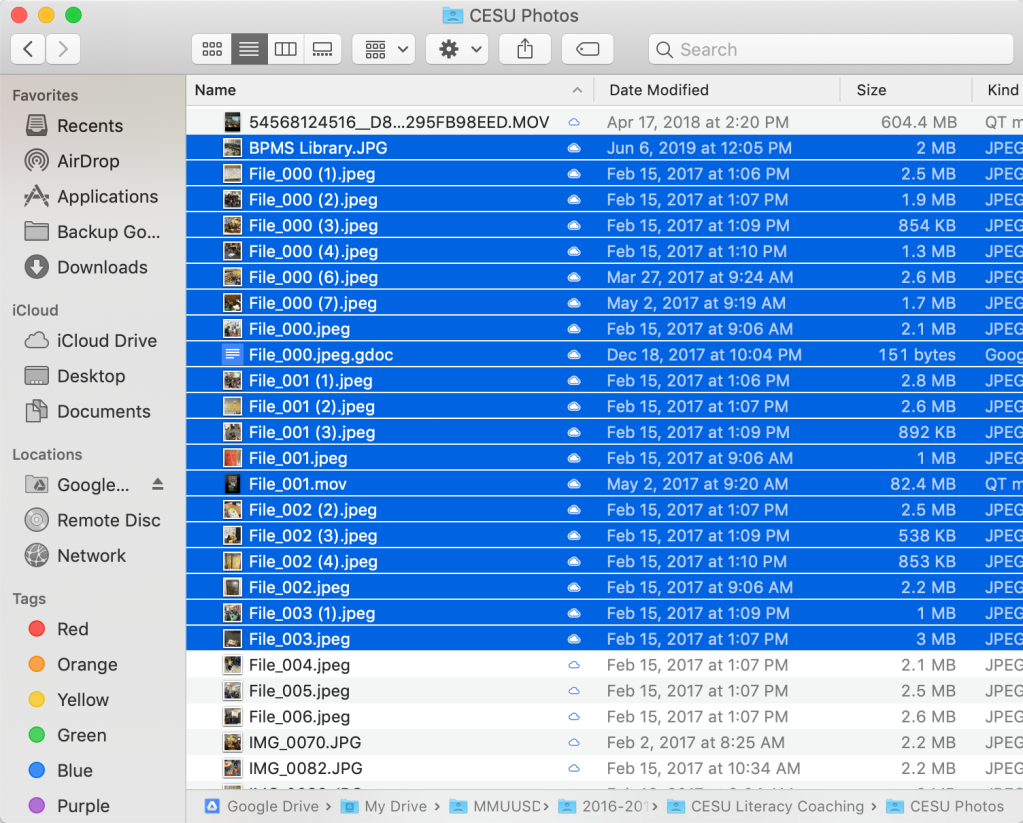
Providing free access to materials and creating space for inspiration sends a powerful message to your students, and builds a community of writers who share ideas and support each other. These simple things, once set in motion, are sustainable throughout the year with minimal fuss. With a few resources and a bit of encouragement, your students can “live the writerly life” throughout the school day.

